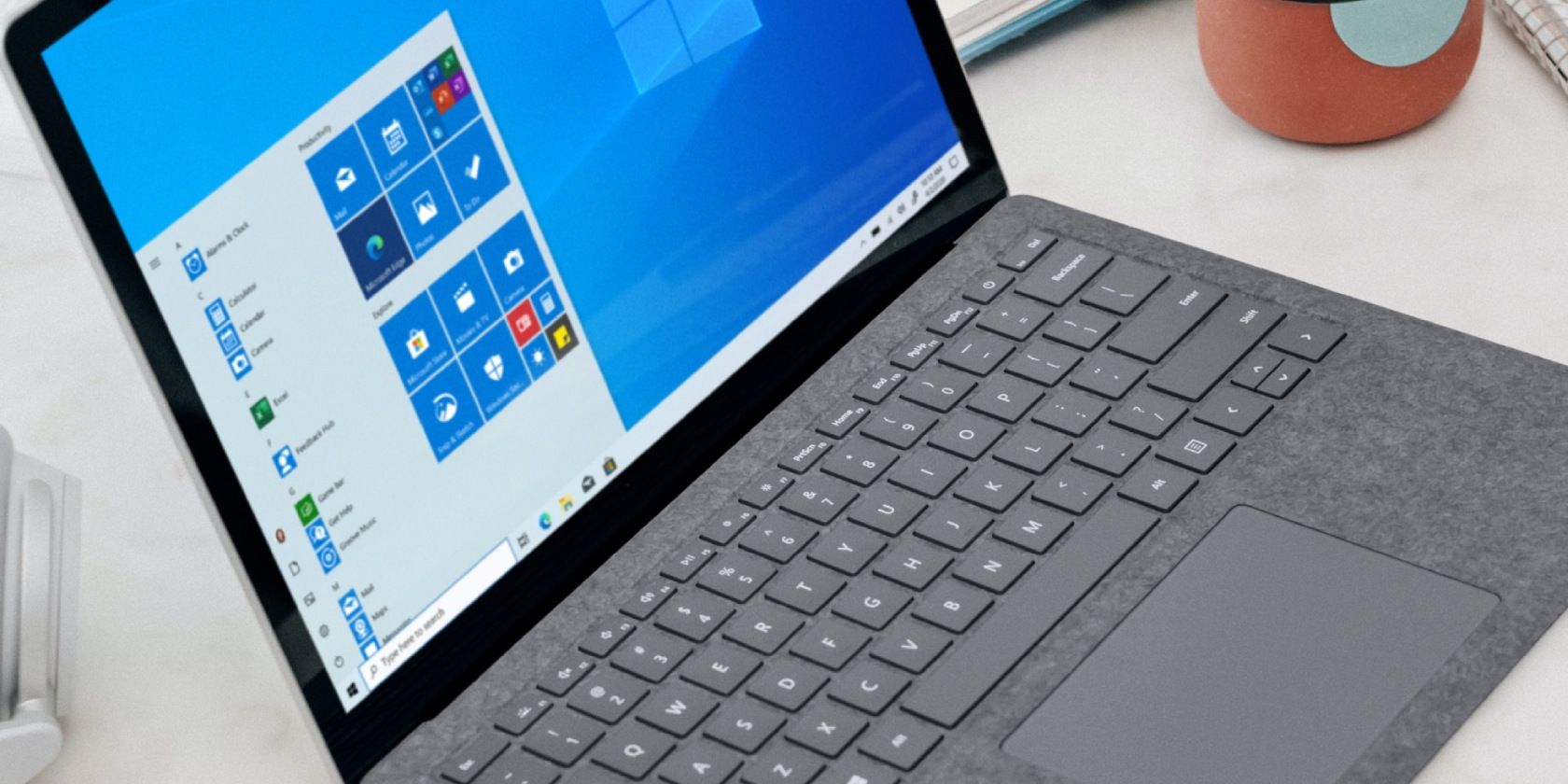
Decoding iPhone's MagSafe: Functionality & Benefits Unveiled

Decoding iPhone’s MagSafe: Functionality & Benefits Unveiled
Quick Links
- What is MagSafe?
- The New MagSafe is Different
- Wireless Charging Takes Center Stage
- MagSafe is Big News for Cases
- MagSafe Enables a New Ecosystem of Accessories
- “Magnets, How Do They Work?”
Key Takeaways
MagSafe lets an iPhone magnetically connect to a charger and charge wirelessly as well as connect to a variety of accessories. MagSafe ensures ideal alignment between the iPhone and the charging pad, and allows for iPhones to wireless charge at 15 watts. MagSafe also allows iPhones to connect to various accessories, like special MagSafe cases or phone mounts.
With the arrival of the iPhone 12 came a new ecosystem of accessories for Apple smartphones. MagSafe makes it easier to wirelessly charge an iPhone, attach cases, and use a wide variety of other accessories. Here’s why it’s a major step forward for the iPhone .
What is MagSafe?
MagSafe is a fully wireless charging standard that enables wireless charging up to 15 watts, but it’s not only for charging. It also allows you to attach a wide variety of accessories to your iPhone. Most excitingly, it paves the way forward for an iPhone that doesn’t need a Lightning or USB-C port. That means better waterproofing and more room inside the chassis for other things, like a larger battery.
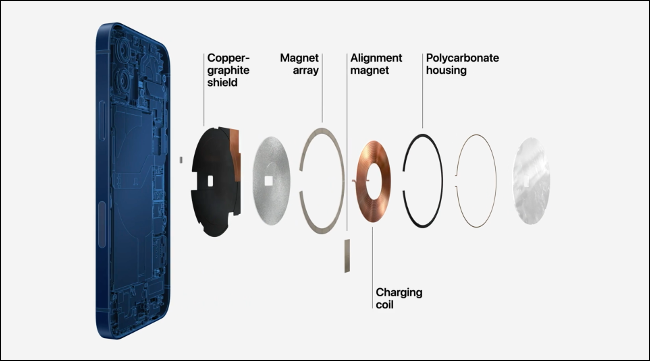
Apple
MagSafe’s wireless charging and accessory functionality was available on the iPhone 12, iPhone 12 Mini, iPhone 12 Pro, and iPhone 12 Pro Max at launch. It’s now also included in:
- iPhone 13, iPhone 13 Mini, iPhone 13 Pro, and iPhone 13 Pro Max
- iPhone 14, iPhone 14 Plus, iPhone 14 Pro, and iPhone 14 Pro Max
- iPhone 15, iPhone 15 Plus, iPhone 15 Pro, and the iPhone 15 Pro Max
MagSafe will likely be included in future iPhones, too.
The New MagSafe is Different
If you’re scratching your head thinking you’ve heard “MagSafe” before, you’re right. Apple previously used the name for its MacBook chargers prior to switching to USB-C.
Back then, MagSafe wasn’t a wireless technology. It was designed to easily snap on and off, allowing you to easily connect a charger to your MacBook even in the dark. The upshot of having the charger secured by a magnet meant that accidents were much less likely to result in a broken laptop.
Wireless Charging Takes Center Stage
Apple first introduced wireless charging alongside the iPhone 8, but until now this has capped out at 7.5w. MagSafe doubles the throughput to 15w, bringing the iPhone in-line with most other fast-charging Android devices.

Hannah Stryker / How-To Geek
But there’s a catch. For an iPhone that uses MagSafe to reach those speeds, you’ll need to use an Apple-approved charge. You’ll be limited to the old 7.5w speed if you use any old “off-brand”Qi charger . This gives Apple greater control over the MagSafe ecosystem, a concept that most iPhone users are familiar with by now.
But MagSafe isn’t just about speed, it’s also about ease of use. One of the biggest problems with wireless charging is finding the “sweet spot” where the charger and device close the circuit. This is something you’ll be familiar with if you’ve ever put your smartphone on a wireless charging pad and returned 30 minutes later to see that it hasn’t charged at all.
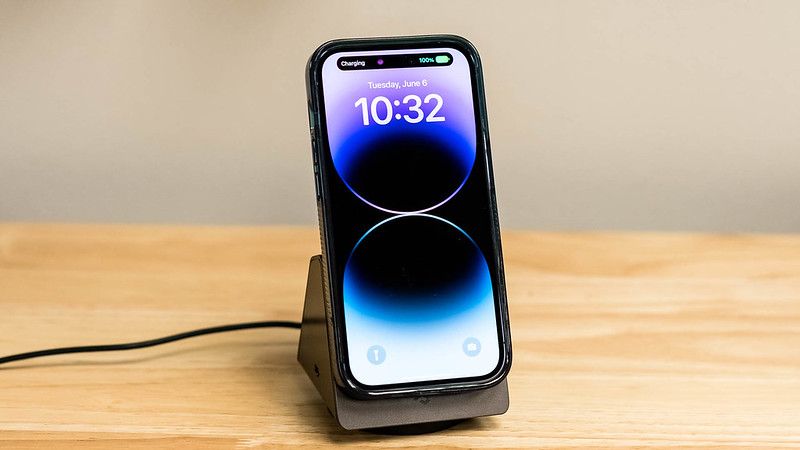
Jason Montoya / How-To Geek
MagSafe aims to solve this issue by snapping the charger into place on the back of the iPhone. This creates a perfect circuit every time, with enough magnetic force to keep the iPhone and charger firmly in place. Belkin’s new three-in-one MagSafe wireless charger for iPhone, Apple Watch, and AirPods demonstrates this by showing the charger holding the iPhone 12 at a 45-degree angle.
The first approved MagSafe charger is Apple’s own basic $39 offering , with the company planning on introducing a travel-friendly MagSafe Duo that charges both your Apple Watch and iPhone. Both Belkin and Griffin will have their own third-party accessories available soon, and more manufacturers will undoubtedly jump on-board as device availability improves.
MagSafe is Big News for Cases
In addition to a wireless charger and snap-on wallet, two first-party cases were announced for each variant of iPhone 12 alongside the MagSafe reboot. A clear plastic case and a solid color silicon case with MagSafe will get the magnet treatment in what could be a major shake-up to the way we apply and remove cases from our iPhones. Apple also teased a leather case in its presentation.
Most cases have a lip to keep the case in place while in use. This stops your iPhone from falling out, but it can make removing a case difficult. Not only does popping an iPhone out of a tough plastic case require some force, it often deforms and warps the case with each application. It really should be easier to switch cases, clean your phone, or just enjoy a case-free iPhone, right?
Enter MagSafe. With a magnetic grip keeping your iPhone in place, there’s no need for a lip anymore. That’s the design philosophy embraced by Apple with the arrival of the clear plastic and colored silicon Apple-branded cases that are launching alongside the iPhone 12 as well as a third-party magnetic case from Pitaka .
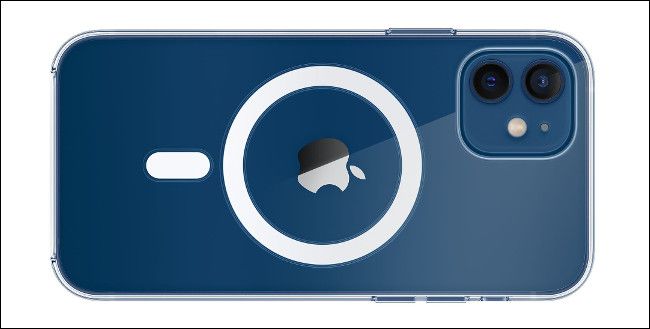
Apple
The clear plastic case looks particularly dashing with its MagSafe magnetic ring on display. Cases are designed with accessories in mind, which means you should be able to snap any MagSafe-compliant accessory directly to the phone or to a MagSafe-compliant case.
It remains to be seen how the new MagSafe cases handle being dropped. Since many rugged cases use lips to protect the outer edges of the iPhone’s screen, you might find yourself in need of the new Ceramic Shield drop protection built into the iPhone 12 family, which promises four times better resistance against impacts.
Of course, there will still be regular “dumb” cases for sale long into the future. Some might incorporate MagSafe for better charging performance while still relying on the added protection that a lip affords.
MagSafe Enables a New Ecosystem of Accessories
Perhaps the most exciting aspect of MagSafe is the accessories that have yet to be announced. With support for up to 15w power delivery, accessory identification via NFC , and a magnetometer built into every iPhone going forward, it remains to be seen what Apple and third-party manufacturers have in store.
PopSocket, which makes wildly popular stick-on smartphone grips, has already announced plans to embrace MagSafe. The success of such a product surely depends on how strong the magnet connection between the device and the accessory is, so it will be interesting to see what the company comes up with.
MagSafe is more than just a charging method, but two of the best uses are battery cases and snap-on battery packs. They provide an easy way to vastly increase your iPhone’s power capacity simply by snapping an accessory onto its back.
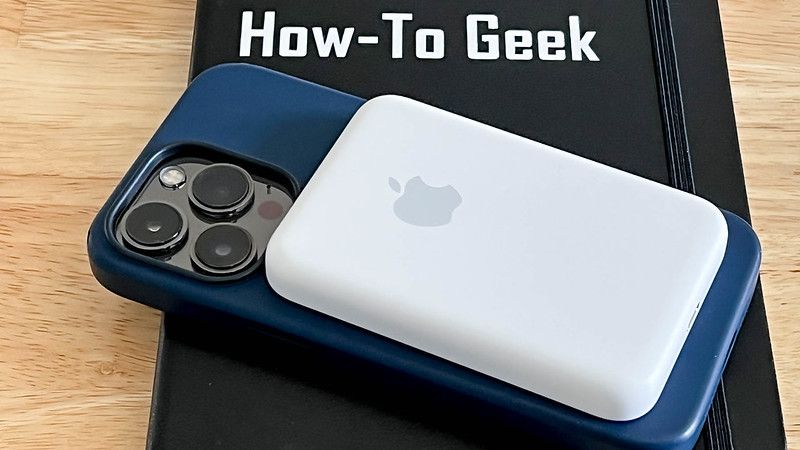
Chris Hoffman / How-To Geek
It’s not clear whether MagSafe has any overhead for data transfer in its initial form, although it’s possible Apple could use MagSafe to “handshake” with devices to enable fast wireless data transfer. This could see the arrival of MagSafe drives (just as we have Lightning-USB combination drives today) for backup and data transfer.
What about audiovisual accessories like lenses and microphones or audio interfaces? Apple was granted a patent for what can be loosely described as “MagSafe lenses” in 2014. Could companies like Square and PayPal use MagSafe for their card readers too? Time will tell, but Apple certainly seems to be steering us toward a wireless future.
“Magnets, How Do They Work?”
One issue that’s been raised by Apple’s decision to put magnets in your pocket with the iPhone 12 is the possibility of damage to items like credit cards and hotel room keys. While this is a real possibility, Apple says that the MagSafe wallet won’t cause any more damage to these items than your smartphone normally would.
Apple does this with shielding that’s built into the wallet, so it’s possible that a bare MagSafe connector could still cause issues. For now, it’s best to put items with sensitive magnetic stripes (like gift cards and hotel keys) in another pocket. Most credit cards are resistant to magnetic interference — and, if you use a chip or contactless payments, then you have nothing to worry about.
MagSafe wasn’t the only big change that carried with the iPhone 12. Learn more about Apple’s implementation of 5G in its latest smartphones.
Also read:
- [New] Expert-Curated Selection of Best PS3 Simulators (PC Edition)
- [New] In 2024, Emotionally-Enhanced YouTube Commentary
- [Updated] 2024 Approved Achieve More Engagement on YouTube Learn the Best Thumbnail Size
- 2024 Approved Superstar Status Secrets A Step-by-Step Plan for Lightning Fame on Social Media Giant Instagram
- Adequate Storage for Apple iPhones: Are 64/128/256/512GB Capacities Enough to Meet User Needs?
- Complete Restoration Guide: Resetting iPhone 15 – How to Wipe All Data & Configurations
- Conversion Libre De MOV en MP4 : Guide Facile Pour Windows 11/10 Et Mac Utilisateurs Sur Internet
- Effortless Image Deletion: Master Five Effective Methods for Cleaning Up WhatsApp Photos on iPhones and Androids
- Fixing the Mysterious Black Screen on Discord While You Share Content
- How to Remove a Previously Synced Google Account from Your Itel
- How to Repair 'Resource Protection Could Not Complete Task' On PCs
- In 2024, FRP Hijacker by Hagard Download and Bypass your Sony Xperia 5 V FRP Locks
- IPhone Message Deletion Guide: Securely Erase Texts and Keep Data Safe with Our Free Recovery Tips
- Maximizing Storage: A Step-by-Step Guide to Removing & Uninstalling iOS Applications on Your iPhone 7
- Top 3 Secure Methods for Completely Erasing Your iPhone's SMS History
- Ultimate Guide: Mastering Deletion of Your iCloud Email Address
- Ultimate Tutorial: How to Erase Music Files in iTunes for Desktop Users
- Title: Decoding iPhone's MagSafe: Functionality & Benefits Unveiled
- Author: Daniel
- Created at : 2024-10-01 18:48:36
- Updated at : 2024-10-06 16:43:53
- Link: https://os-tips.techidaily.com/decoding-iphones-magsafe-functionality-and-benefits-unveiled/
- License: This work is licensed under CC BY-NC-SA 4.0.